Affiliate links on Android Authority may earn us a commission. Learn more.
LG in 2019: No more excuses
Published onJanuary 15, 2019
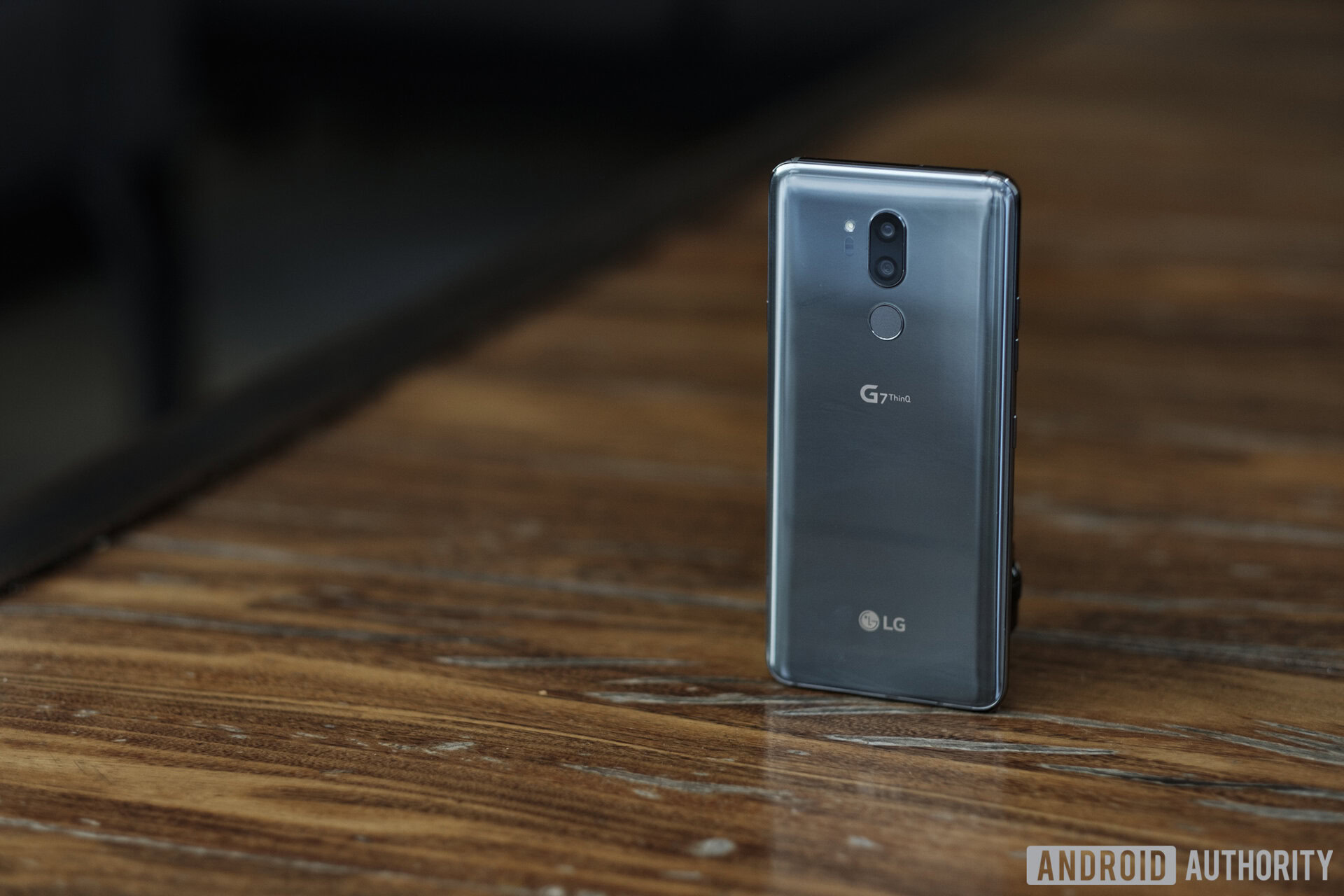
It felt like LG had a fairly anonymous 2018, as companies like Huawei, Samsung, and Xiaomi dominated the mobile world instead. However, the company certainly had its fair share of headlines this year.
The manufacturer started the year by saying it wouldn’t adhere to a yearly smartphone release cycle, generating plenty of murmurs in the process. It also made a splash by launching an “update center” to speed up the process of updating its phones, although we don’t know how successful this endeavor has been yet.
Then there were the phones. The company launched the well-received G7 ThinQ and the innovative V40 ThinQ. Unfortunately, neither phone sold enough for the mobile unit making a profit this year. It felt like a repeat of 2017 for the Korean manufacturer.
LG in 2018: At least it’s not HTC
LG didn’t have a great 2017 from a financial perspective. The mobile unit capped off Q4 2017 with its eleventh straight quarterly loss, though the LG G6 and V30 certainly made for great purchases in our book. So what did 2018 hold?
The company made some interesting statements at the beginning of the year, claiming it would adhere to the traditional release cycle. This pretty much meant it’d launch the LG V30S ThinQ at MWC, which was literally the V30 with a few AI features and a new boot screen. We also saw the brand launch the LG V35 in several regions, which was essentially the V30 with updated internals.
Otherwise, LG gave us the expected G7 and V40 upgrades, which made the company’s previous utterance feel like a justification for the V30S and V35 existing.
You ThinQ know LG phones?
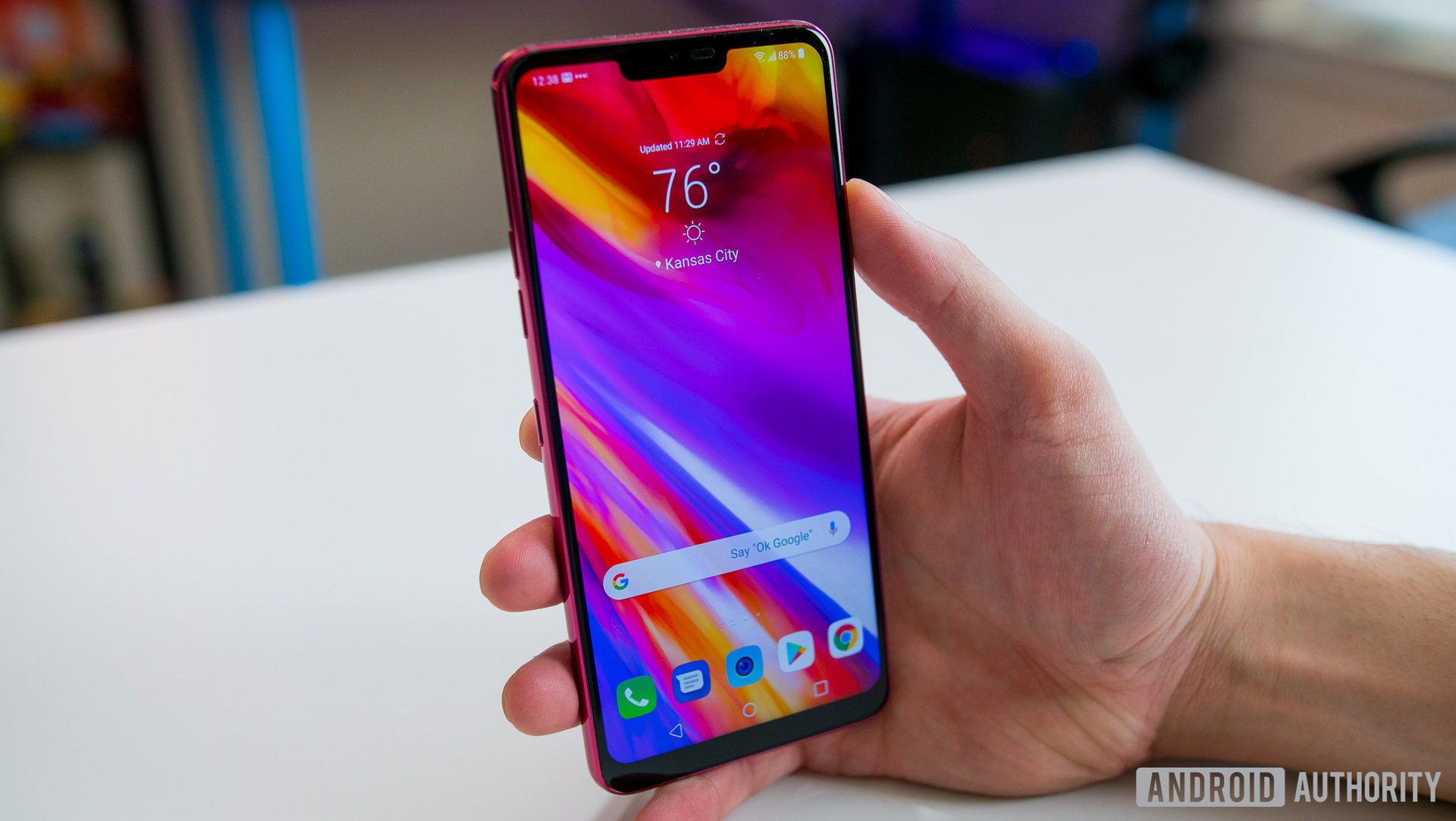
The company’s first proper flagship of the year was a great one, offering that trifecta of a headphone jack, water and dust resistance, and wireless charging. We also got signature LG features like quad-DAC audio hardware and a wide-angle secondary camera.
Those hoping for a big battery, Pixel-beating camera quality, or triple cameras would be disappointed, but our own Lanh Nguyen certainly felt the G7 could duke it out with the best of them.
The LG G7 was a great all-rounder, while the V40 is almost certainly a sign of things to come.
Speaking of cameras, LG went all-in on the V40 ThinQ, its flagship for the second half of the year. Featuring five cameras in total, the V40’s main, telephoto, and wide-angle triple camera setup gave it a ton of flexibility in theory. We’ve since seen HUAWEI and Samsung offer similar camera arrangements, showing us LG is still capable of meaningful innovations.
Unfortunately, our own David Imel felt the V40 simply wasn’t polished enough to compete with phones like the Galaxy Note 9. Costing close to $1,000 didn’t help, either. Still, the company has already delivered a couple of updates to tweak the camera experience, and it earned an audio-related nod in our Best of Android 2018 awards.
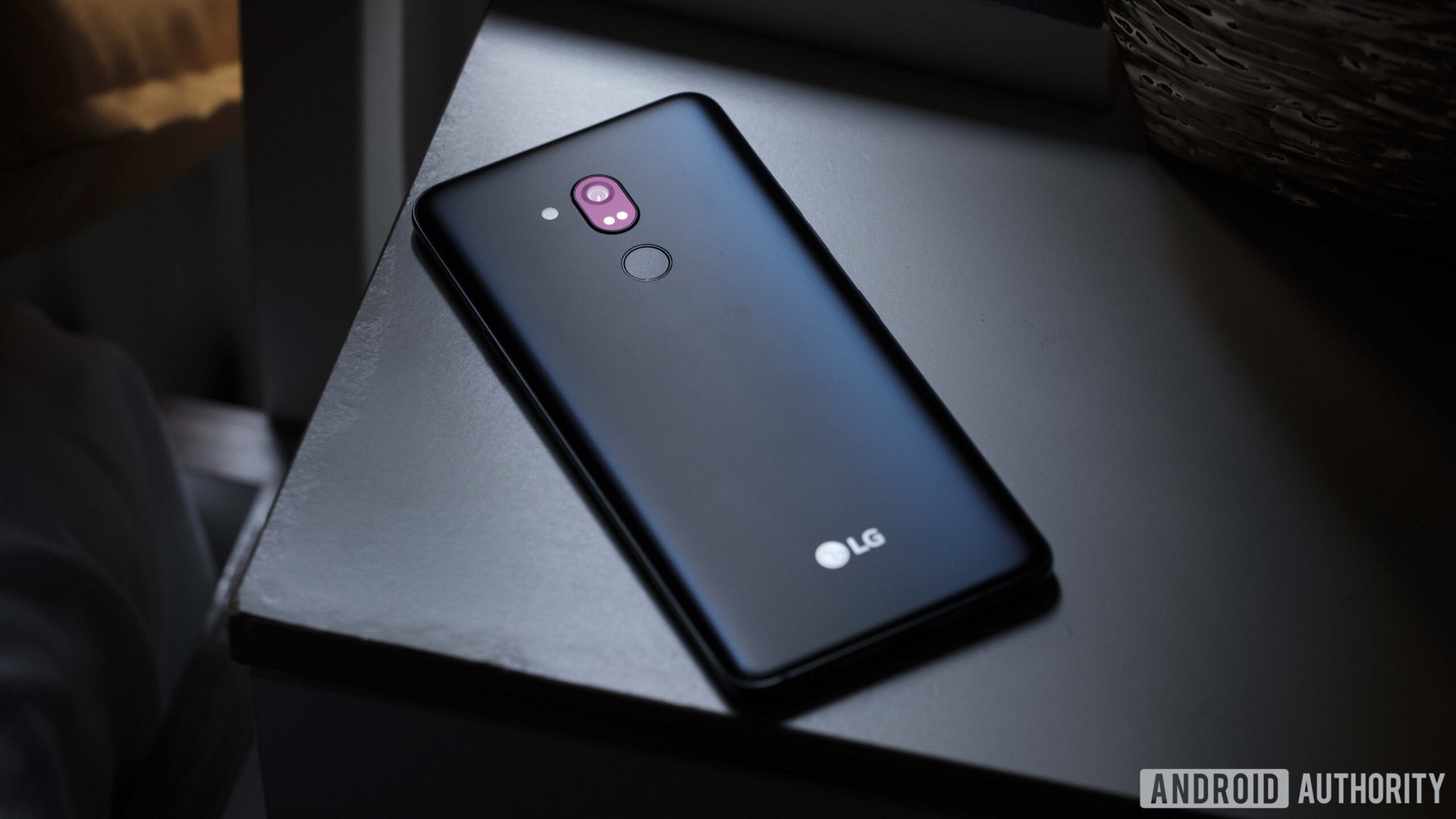
LG also put in a solid effort in the budget phone market, launching the LG Q7 and Q8, as well as the LG G7 Fit and G7 One (seen above).
The Q7 and Q8 fixed quite a few of the Q6’s shortcomings on paper, adding an IP rating and a fingerprint scanner, and jettisoning Micro-USB connectivity. The addition of significant IP ratings was especially noteworthy in this price bracket, even if the devices lacked dual cameras and were more expensive than budget devices from Chinese manufacturers.
LG’s G7 Fit and G7 One, meanwhile, delivered older flagship silicon instead of today’s mid-range chipsets. It’s an interesting move, especially when the latest budget processors are gaining more horsepower. It remains to be seen how well these devices will do, but cheaper rivals like the Realme series and Pocophone F1 show LG’s mid-range efforts need to step up.
A feeling of deja vu?
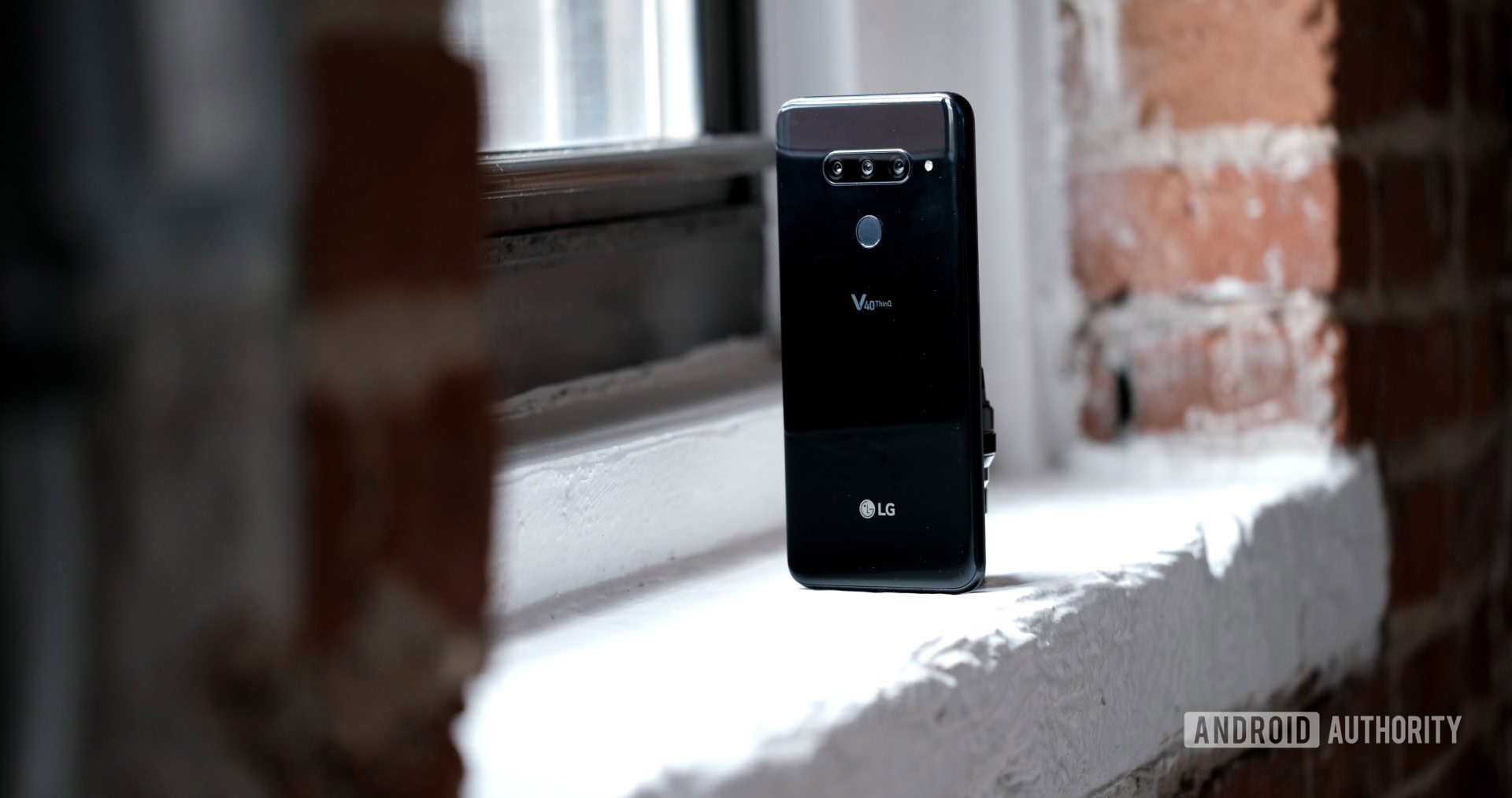
It seemed like a foregone conclusion that LG’s quarterly earnings reports would reveal a loss for the mobile division. Unfortunately, this was indeed the case, as the business unit continued its unlucky streak through 2018.
The company also recorded two consecutive quarters of declining sales, with its lowest sales numbers in two years. The brand was adamant in blaming its new strategy for the declining figures. Nevertheless, the business unit narrowed its losses in Q3 2018 compared to the previous quarter and year-on-year. It’s not like a ~$130.5 million Q3 loss is trivial, but it’s a step down from the previous quarter (~$162.7 million) and a world away from Q3 2017’s ~$329.5 million loss.
The company still managed to hold onto a top three position in North America for Q3 2018, according to Counterpoint Research, but this potentially suggests that there’s a dearth of competition in the market. Companies like HUAWEI and Xiaomi can’t compete if they can’t enter the country in the first place. You only need to look at Europe and India for a better idea of where LG truly stands.
Fortunately, the company recognized that a change was needed, announcing home entertainment head Brian Kwon would be taking over the mobile division. Kwon was branded as a “turnaround expert” in a press release announcing the move, so there is clearly pressure on the executive to change the mobile unit’s fortunes.
Folding phone or folding business unit?
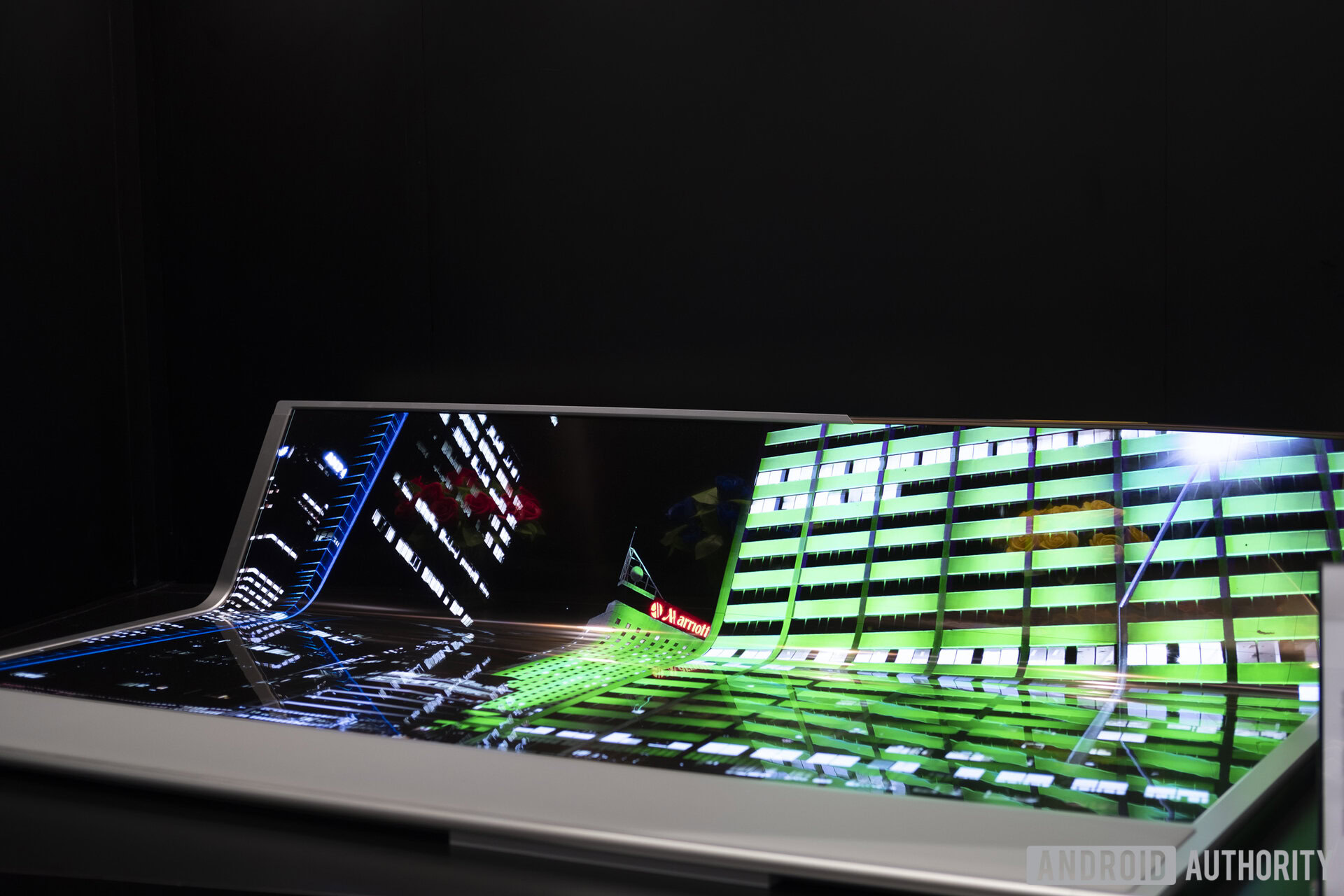
In giving its Q3 2018 results, the company said its strategy would now have a “stronger focus on mid-range products.” If LG can indeed deliver devices like the G7 Fit and G7 One at an attractive price compared to Chinese brands, there’s no reason why it can’t increase its sales in 2019.
We don’t know much about the company’s flagship plans for 2019, but we’re virtually guaranteed to see new G and V series flagships. If the company’s 2018 portfolio is a reflection of 2019, it also seems like a given we’ll get variations on the LG V40 too.
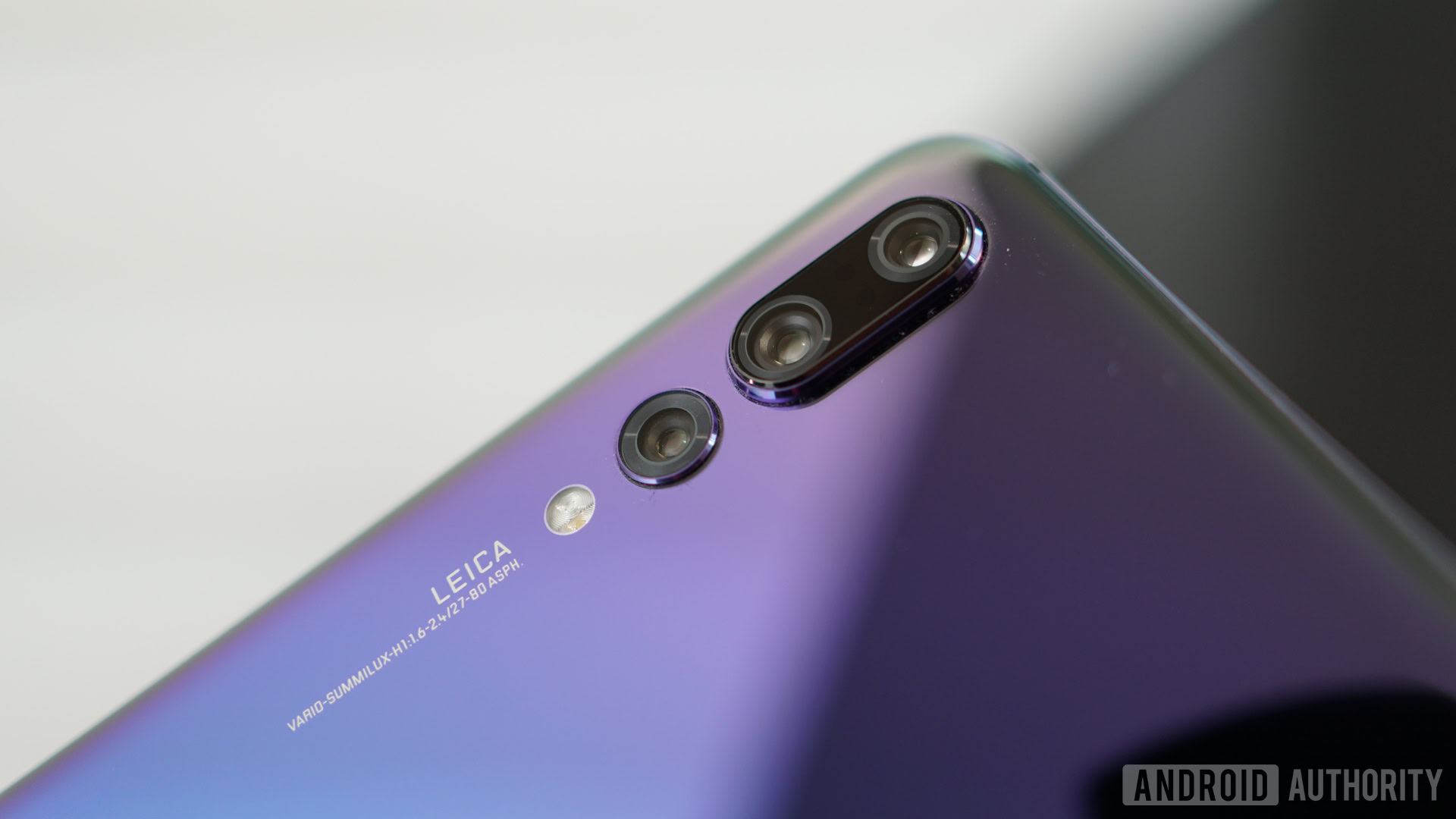
LG is widely expected to unveil a foldable phone in the first half of the year. The Korean firm won’t be the only brand taking a step into this new world next year, as Samsung and HUAWEI are also joining the fray.
LG will need to do something really special to stand out from HUAWEI and Samsung’s foldable efforts. Whether that’s in the actual folding design, UI or use-cases, the company can’t afford to drop a half-baked product.
5G is also expected to be huge in 2019, and reports out of Korea suggest LG and Samsung will reveal 5G phones at MWC. This might be an opportunity for the company to come in with aggressive pricing in order to lure people away from its arch-rival.
The mobile division’s financial situation is also going to come under the spotlight in 2019. If the firm continues its trend of narrowing losses, there’s a real chance it could make a quarterly profit (or lose millions rather than tens of millions of dollars). The addition of a so-called “turnaround expert” means the pressure will be on to show results.
Will life be good in 2019?
The South Korean firm showed it can still innovate in 2018, delivering penta-camera setups, a diverse triple-camera combination, and a unique take on the LCD screen. LG also seems to be paying more attention to its mid-range offerings than in previous years, and the firm publicly stated cheaper phones are part of its strategy.
Between narrowing losses, a second year of a new strategy, that software upgrade center, and a “turnaround expert” in charge, LG’s mobile division needs to show it can be profitable. However, the rise of affordable flagships and ultra capable budget phones from rivals means the Korean company will need to make drastic moves if it hopes to be a bigger player in 2019.